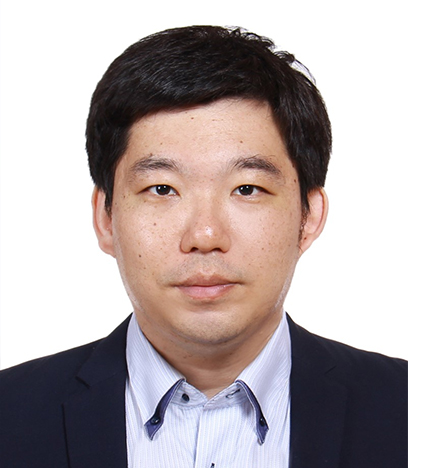
Low-Temperature Hybrid Bonding for Heterogeneous Integration
Prof. Chenxi Wang
Harbin Institute of Technology, China
Abstract:
Low-Temperature Hybrid Bonding for
Heterogeneous Integration
Prof. Chenxi WANG, Harbin Institute of Technology, China
Low-temperature hybrid bonding, as a key technology enabling high-density interconnections
without the need for bumps, offers a transformative approach to 3D packaging and high
performance chip integration. This technology shows great potential in meeting the demands
for chip miniaturization, high integration density, and low power consumption. However,
achieving efficient integration between wafers or between wafers and chiplets, while ensuring
the reliability and long-term stability of the bonding interface under varying operating
conditions, remains a critical challenge. This lecture will systematically explore the design and
optimization of hybrid bonding interfaces, covering surface treatments, interface connections,
and process controls to comprehensively analyze the key factors for improving bonding quality.
Additionally, it will examine the structural characteristics of metal-dielectric hybrid interfaces
and their applicability in high-density interconnections. Drawing on practical cases, the lecture
will further discuss strategies for optimizing interface performance, revealing the mechanisms
of interface reactions, and providing innovative approaches for achieving more efficient and
reliable low-temperature hybrid bonding.
Outline:
1. Introduction
1.1 Development Trends in 3D Packaging and High-Density Interconnection Technologies
1.2 Advantages and Technical Challenges of Low-Temperature Hybrid Bonding
2. Low-Temperature Hybrid Bonding Based on Surface Synergistic Activation
2.1 Synergistic Activation via Surface Co-Hydroxylation for Hybrid Bonding
2.2 Residue-Free Hybrid Bonding via Surface Co-Hydrophilization
2.3 Transition from Homogeneous to Heterogeneous Cu/SiO₂ Hybrid Bonding
2.4 Hybrid Bonding for Ultra-Narrow Pitch 3D Integration
2.5 Surface Activation Techniques and Optoelectronic Chip Integration
3. Next-Generation Innovations in Ultra-Fine Pitch Hybrid Bonding
3.1 Future Directions and Perspectives for Hybrid Bonding Technologies
3.2 Open Discussion and Q&A Session
Who Should Attend:
Targeting academic researchers, engineers, university students and faculty, equipment
manufacturers, and business decision-makers, it covers technical principles, process workflows,
equipment optimization, and application prospects, focusing on theory and practice to drive
innovation and growth.
Speaker's Biography:
Dr. Chenxi Wang a full professor in School of Materials Science and Engineering at Harbin
Institute of Technology. He received the Ph.D. at The University of Tokyo in 2009. His research
interests focus on wafer bonding, heterogeneous and dissimilar bonding, 3D integration and
packaging, and the joining of advanced medical materials. Prof. Wang was awarded the
prestigious JSPS Fellowship for Foreign Researchers and participated in the JST-CREST major
project. After returning to China, he led three National Natural Science Foundation projects and
undertook over 20 provincial and corporate research projects. He has published more than 130
SCI/EI-indexed papers, received seven international conference awards for best paper and
presentations, and holds 16 granted patents. Additionally, he has served as a technical
committee member of ICEPT. He is a Senior Member of IEEE, and a Senior Member of the
Chinese Mechanical Engineering Society. He has been recognized with honors such as the
National Award for Outstanding Self-Financed Students Abroad, the Dean’s Award from The
University of Tokyo, and the Heilongjiang Provincial Natural Science First Prize. In education, Dr.
Wang has won many first prizes in provincial and university-level teaching competitions, led
four teaching research projects and co-authored two textbooks.